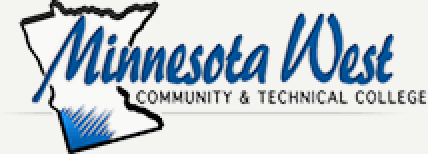AUTO 2107 Automatic Transmissions
AUTO 2107: Automatic Transmissions
Description
Automatic Transmissions explains the theory of operation of automatic transmissions and transaxles and related components. The fundamentals of service of the components of the transmissions will be introduced and practiced in this course. Students will perform the necessary skills to diagnose and repair automatic transmissions and transaxles.
Credits
3
Prerequisite
TRAN 1100
Corequisite
None
Topics to be Covered
1. Transmission Fundamentals
2. Testing and repairing of transmission systems
3. Hydraulic systems
Learning Outcomes
1. Describe the operational characteristics of an electronically-controlled manual transmission/transaxle.
2. Identify and interpret transmission/transaxle concerns, differentiate between engine performance and transmission/transaxle concerns; determine needed action.
3. Check fluid level and condition in a transmission or a transaxle on vehicles equipped with a dip-stick as well as those without.
4. Demonstrate knowledge of pressure test including transmissions/transaxles equipped with electronic pressure control.
5. Diagnose electronic transmission/transaxle control systems using appropriate test equipment and service information.
6. Inspect, test, adjust, repair, and/or replace electrical/electronic components and circuits including computers, solenoids, sensors, relays, terminals, connectors, switches, and harnesses; demonstrate understanding of relearn procedure.
7. Drain and replace fluid and filter(s); use proper fluid type per manufacturer specification.
8. Remove and reinstall transmission/transaxle and torque converter; inspect engine core plugs, rear crankshaft seal, dowel pins, dowel pin holes, and mounting surfaces.
9. Inspect, leak test, flush, and/or replace transmission/transaxle oil cooler, lines, and fittings.
10. Disassemble and reassemble an automatic transmission.
11. Comply with personal and environmental safety practices associated with clothing; eye protection; hand tools; power equipment; proper ventilation; and the handling, storage, and disposal of chemicals/materials in accordance with local, state, and federal safety and environmental regulations
12. *The required outcomes follow the Auto Service Technician (AST) model of the Board of the National Institute for Automotive Service Excellence (ASE)
Credit Details
Lecture: 1
Lab: 2
OJT: 0
MnTC Goal Area(s): None
